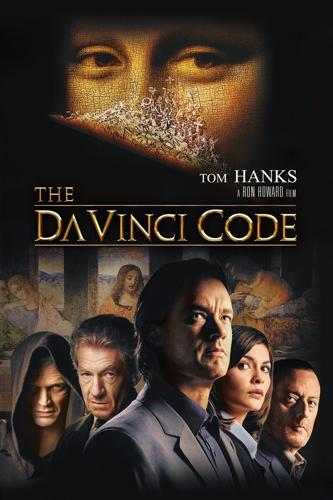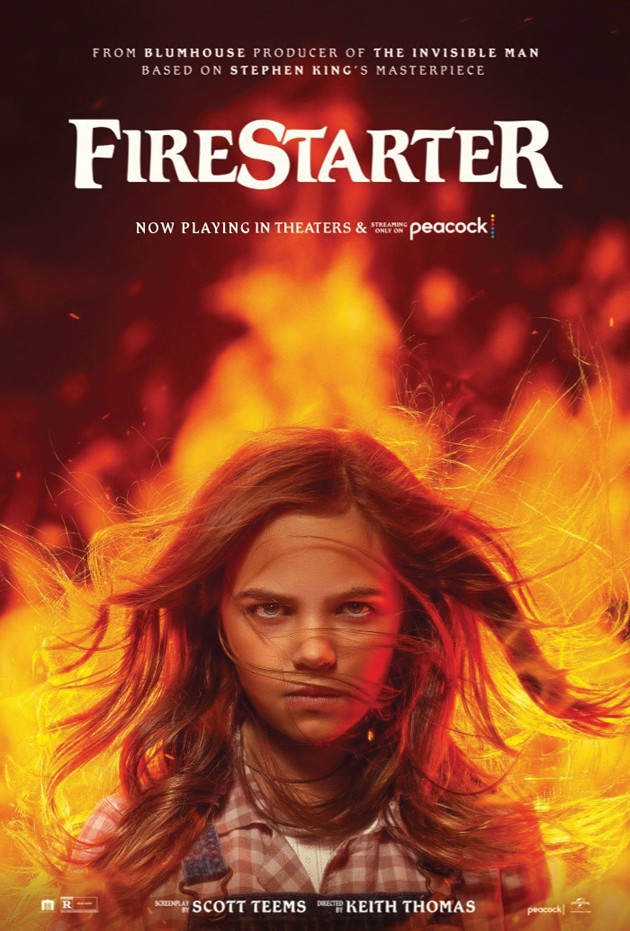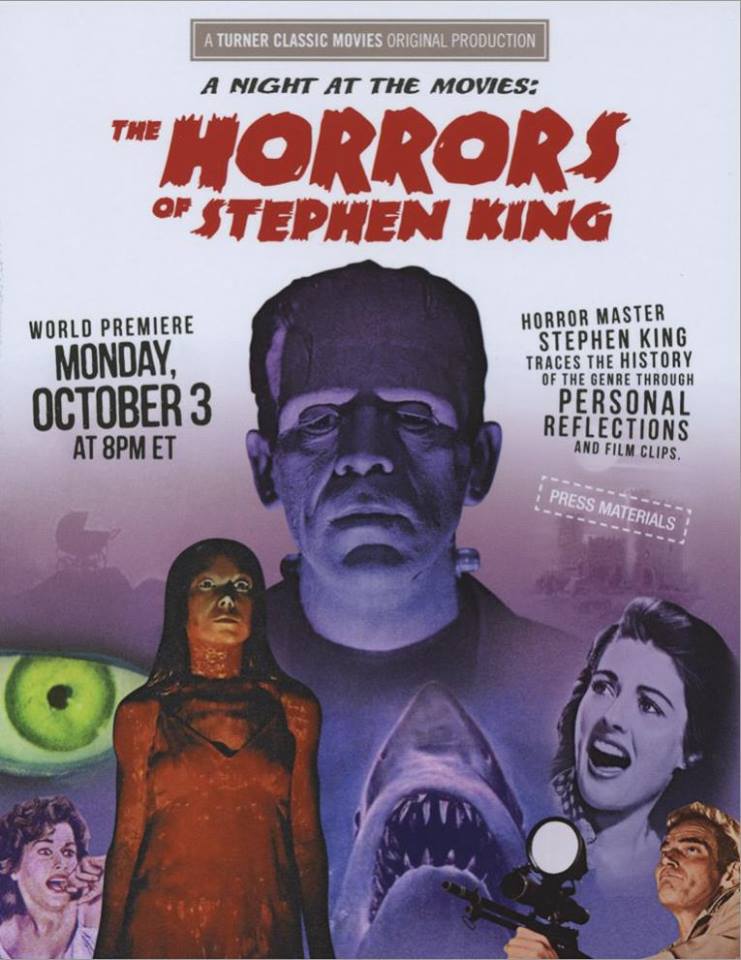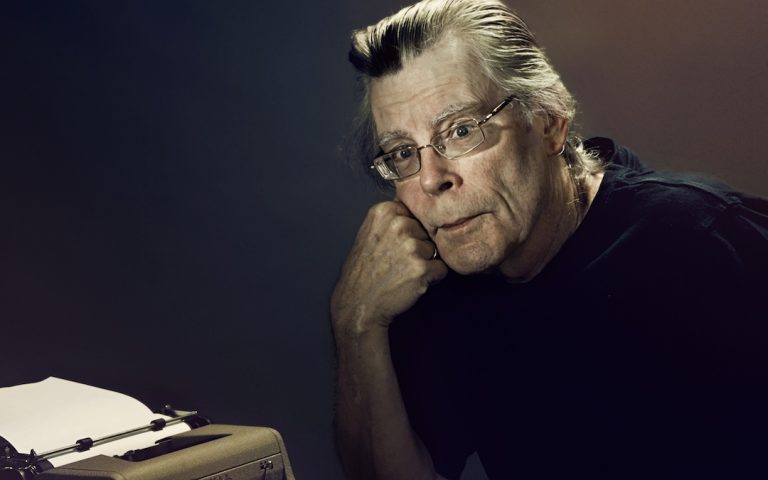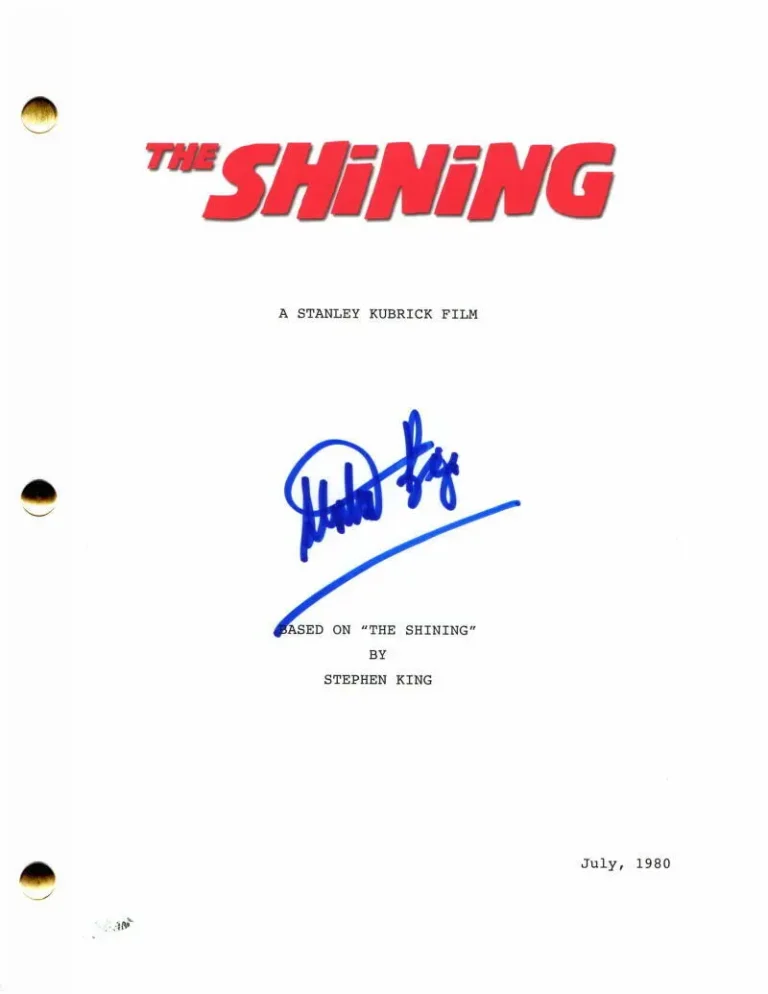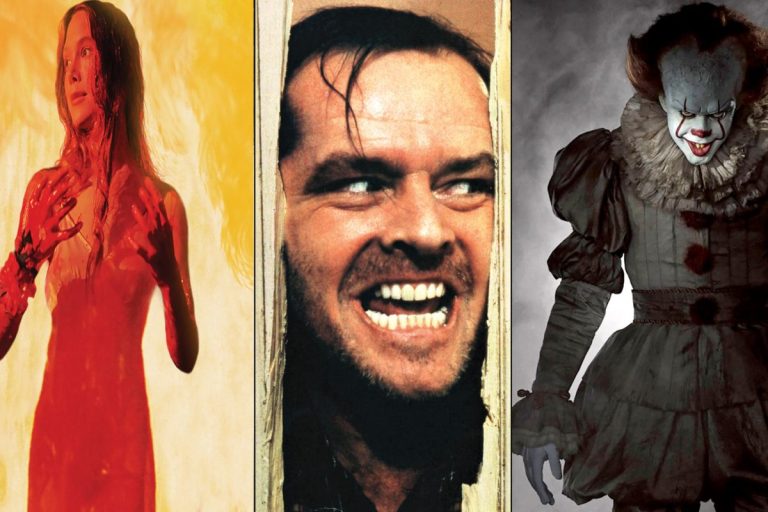The Complete Guide To Stephen King Movie Adaptation Changes
Welcome to “The Complete Guide to Stephen King Movie Adaptation Changes”! If you’re a fan of Stephen King’s books and movies, this article is your ticket to understanding the exciting transformations that occur when his beloved stories make their way onto the silver screen. From spine-chilling horror to heart-pounding suspense, Stephen King’s novels have captivated readers for decades. But what happens when these literary masterpieces are adapted into films? Well, get ready for a wild ride as we delve into the world of Stephen King movie adaptation changes.
In this comprehensive guide, we’ll explore the behind-the-scenes process of adapting Stephen King’s works for film, uncovering the alterations, additions, and omissions that keep audiences on the edge of their seats. From iconic plot twists to character modifications, we’ll dissect the changes made to these cinematic adaptations and analyze their impact on the overall storytelling experience. So, grab your popcorn and prepare to immerse yourself in the thrilling world of Stephen King movies, where the words on the page come to life in ways that will leave you breathless. Get ready for a rollercoaster of emotions as we explore the intriguing world of Stephen King movie adaptation changes.
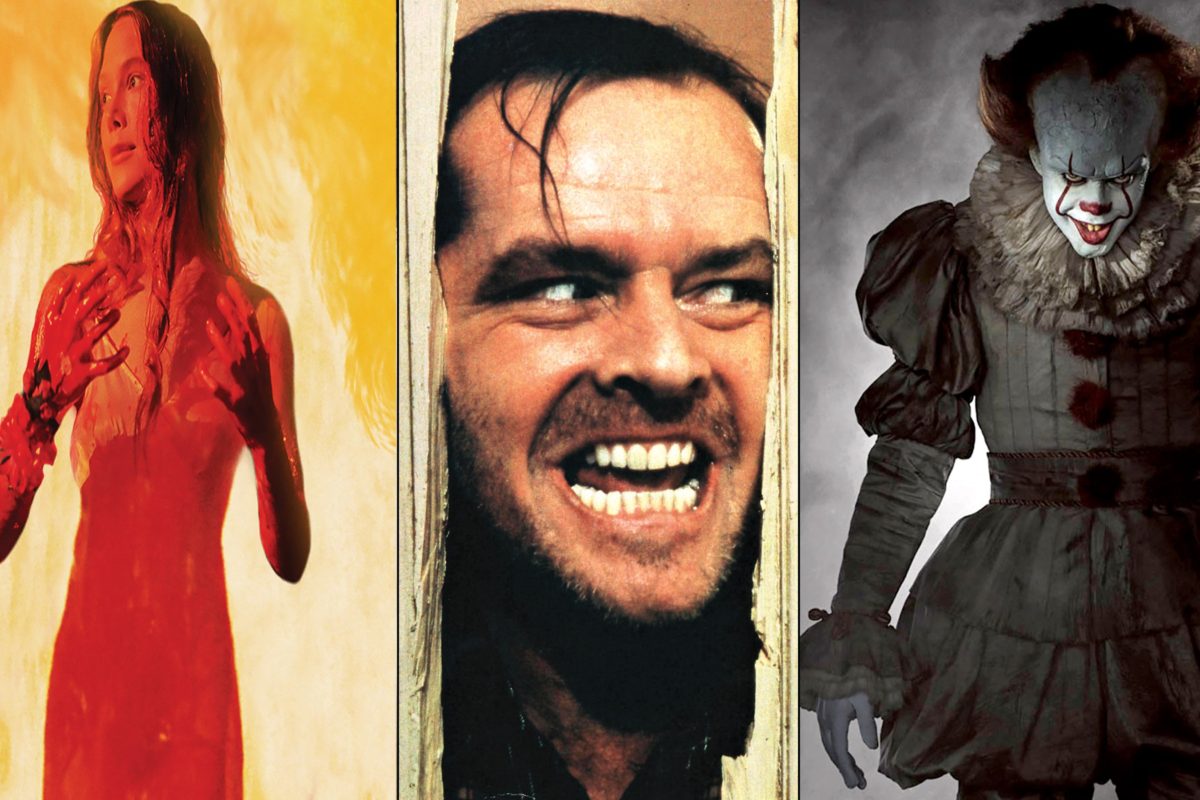
The Complete Guide to Stephen King Movie Adaptation Changes
Stephen King is a renowned author known for his captivating and chilling stories. Many of his novels have been adapted into movies, captivating audiences with their thrilling plots and memorable characters. However, as with any adaptation, changes are often made to the original source material in order to bring the story to life on the big screen. In this article, we will explore the complete guide to Stephen King movie adaptation changes, examining the alterations made to some of his most iconic works.
1. The Shining
Stephen King’s novel “The Shining” is a masterpiece of horror literature, and the film adaptation directed by Stanley Kubrick is equally iconic. However, one notable difference between the book and the movie is the portrayal of the character Jack Torrance. In the novel, Jack is depicted as a sympathetic character who gradually descends into madness due to the influence of the haunted Overlook Hotel. In contrast, Kubrick’s film portrays Jack as already mentally unstable, which changes the dynamic of his character arc.
Another significant change in the film adaptation is the ending. Without giving away any spoilers, the conclusion of the book and the movie differ in terms of the fate of certain characters and the overall tone. While King himself was not a fan of Kubrick’s interpretation, the film has become a cult classic and is widely regarded as one of the greatest horror films of all time.
1.1 Comparison Table: The Shining Novel vs. Film Adaptation
To better understand the differences between the novel and the film adaptation of “The Shining,” let’s take a look at a comparison table:
| Aspect | Novel | Film Adaptation |
|---|---|---|
| Characterization of Jack Torrance | Sympathetic protagonist | Already mentally unstable |
| Ending | Follows the original tone | Deviates from the book’s conclusion |
2. IT
Stephen King’s novel “IT” is a massive tome that delves into the horrors of Derry, a town plagued by a malevolent entity that takes the form of Pennywise the Dancing Clown. In the film adaptation directed by Andy Muschietti, the story is split into two parts, with the first focusing on the characters as children and the second following them as adults, whereas the novel switches between timelines.
One of the most significant changes in the film adaptation is the omission of certain scenes and subplots from the book. Due to the length of the novel, it was necessary to condense the story for the big screen. While some fans of the book may have been disappointed by the exclusion of certain elements, the film still captures the essence of the terrifying story and received critical acclaim.
2.1 The Losers’ Club: Childhood vs. Adulthood
In the novel “IT,” the Losers’ Club consists of a group of outcast children who band together to fight Pennywise. The film adaptation captures the camaraderie and bond between the characters, both as children and adults. However, some changes were made to the characters’ backstories and personal struggles in the film, which may differ from readers’ perspectives.
The film’s focus on the Losers’ Club as children allows for a more concentrated exploration of their fears and the power of friendship. In the second part of the adaptation, the adult versions of the characters reunite to face their childhood traumas and confront Pennywise once again. This change provides a satisfying resolution to the story while also capturing the themes of resilience and the lasting impact of childhood experiences.
3. Carrie
“Carrie” is one of Stephen King’s earliest and most well-known works. The story follows a young girl with telekinetic powers who seeks revenge on her tormentors. The film adaptation directed by Brian De Palma remains faithful to the core elements of the novel, but there are still notable differences.
One significant change in the film is the portrayal of Carrie’s powers. While the novel describes her abilities in detail, the film relies on visual effects to bring her telekinesis to life. This change enhances the visual impact of the story, creating memorable and suspenseful scenes.
Another notable difference is the depiction of the character Sue Snell. In the novel, Sue is portrayed as a sympathetic character who feels remorse for her involvement in Carrie’s torment. However, in the film, Sue’s motivations and actions are slightly altered, creating a more complex dynamic between the characters.
3.1 The Prom Scene: Book vs. Film
The iconic prom scene in “Carrie” is a pivotal moment in both the book and the film. It is during this scene that Carrie’s powers are unleashed, resulting in a tragic and horrifying outcome. While the core events of the prom scene remain consistent between the book and the film, there are some differences in how they are portrayed.
In the novel, the prom scene is described in vivid and chilling detail, capturing the chaos and terror that ensues. In the film, Brian De Palma’s direction brings the scene to life with stunning visuals and intense suspense. The use of slow-motion and split-screen techniques heightens the tension, making it a memorable and impactful moment in cinematic history.
Stephen King Movie Adaptations: A World of Changes
Throughout the years, countless Stephen King novels have been adapted for the big screen, each with its own set of changes and interpretations. These alterations often serve to enhance the storytelling experience in the visual medium, capturing the essence of King’s captivating tales of horror and suspense.
From “The Shining” to “IT” and “Carrie,” filmmakers have taken creative liberties while staying true to the core themes and characters that make Stephen King’s works so beloved. Whether you’re a fan of the books or the movies, exploring the differences between the two can deepen your appreciation for the art of adaptation and the enduring legacy of Stephen King’s storytelling.
Remember, the world of Stephen King movie adaptations is vast, and each film offers a unique perspective on his captivating stories. So, grab some popcorn, turn off the lights, and immerse yourself in the thrilling world of Stephen King on the big screen.
Key Takeaways: The Complete Guide to Stephen King Movie Adaptation Changes
- Stephen King’s movies often differ from his original books.
- Changes are made to adapt the story for the big screen.
- Characters and plotlines may be altered or combined.
- Movie adaptations sometimes have different endings.
- These changes can spark discussions among fans.
Frequently Asked Questions
What are some common changes made when adapting Stephen King’s books into movies?
When adapting Stephen King’s books into movies, there are often several changes made to the original story. One common change is the omission or condensing of certain plot points or characters to fit the runtime of a film. This is done to streamline the story and maintain a cohesive narrative. Additionally, some adaptations may alter the ending or make changes to the characters’ motivations or backstories to enhance the dramatic impact on screen. These changes are made with the intention of creating a compelling cinematic experience that captures the essence of King’s work while catering to the medium of film.
Another change frequently seen in Stephen King adaptations is the visual interpretation of his vivid and often supernatural elements. Filmmakers often have to make creative decisions on how to visually represent King’s imaginative and sometimes otherworldly concepts. This can involve using special effects, practical effects, or visual design to bring these elements to life on screen. While these changes may deviate from the exact descriptions in the books, they aim to capture the essence of King’s vision and create a visually captivating movie experience.
Why are changes necessary when adapting Stephen King’s books into movies?
Adapting a book into a movie is a unique challenge, especially when it comes to Stephen King’s novels, which are often lengthy and rich in detail. Changes are necessary to condense the story and characters into a manageable runtime for a film. Books can explore multiple subplots and delve into extensive character backgrounds, whereas movies have a limited timeframe to engage and entertain audiences. Therefore, changes are made to streamline the narrative and ensure that the film maintains a strong pace and focus.
Furthermore, movies are a visual medium, and certain elements that work well in a book may not translate effectively on screen. Filmmakers have to make creative decisions on how to visually represent King’s imaginative concepts, which may involve altering or enhancing certain aspects of the story. These changes are made with the goal of creating a visually captivating and emotionally impactful movie that honors the source material while also appealing to a wider audience.
Do these changes affect the overall quality of the Stephen King movie adaptations?
The changes made when adapting Stephen King’s books into movies can vary in their impact on the overall quality of the adaptations. While some changes may be controversial among fans of the books, they are often necessary to make the story work within the constraints of a film. It’s important to remember that a movie adaptation is a separate artistic interpretation of the source material, and filmmakers have the freedom to make creative choices.
That being said, there are instances where changes have been embraced by both fans of the books and general audiences. Well-executed changes can enhance the cinematic experience, adding new layers or twists that surprise and engage viewers. Ultimately, the quality of a Stephen King movie adaptation depends on how well it captures the essence of the original story, maintains the core themes, and creates a compelling film that resonates with audiences.
Are there any Stephen King movie adaptations that have deviated significantly from the original books?
Yes, there have been Stephen King movie adaptations that deviate significantly from the original books. One example is Stanley Kubrick’s adaptation of “The Shining.” While King himself has expressed dissatisfaction with Kubrick’s interpretation, the film has become a classic in its own right and has garnered a large fan following. Kubrick made notable changes to the characters and plot, altering key elements of King’s novel to suit his own artistic vision.
Another example is the 2017 adaptation of “The Dark Tower.” The film attempted to condense the expansive book series into a single movie, resulting in significant changes to the story and characters. This deviation from the source material received mixed reviews from both fans and critics. However, it’s important to note that deviations from the original books do not necessarily indicate a lack of quality in the adaptation, as each movie should be evaluated on its own merits.
How do Stephen King fans typically react to changes in movie adaptations?
Stephen King fans often have mixed reactions to changes in movie adaptations of his books. Some fans appreciate the creative liberties taken by filmmakers, understanding that adaptations require changes to make the story work in a different medium. They view these changes as an opportunity to experience the story in a new way and appreciate the unique vision of the filmmakers.
On the other hand, there are fans who prefer a more faithful adaptation, closely aligning with the original book. They may feel disappointed or frustrated when significant changes are made, particularly if they feel that these changes detract from the essence or themes of the original story. However, it’s important to approach adaptations with an open mind and appreciate them as separate artistic endeavors that can offer a fresh perspective on familiar tales.
36 Absolutely Mental Stephen King Movie Adaptations – Explored – Mega Stephen King Movie List
Final Thought: Unveiling the Mysteries of Stephen King Movie Adaptation Changes
When it comes to Stephen King adaptations, it’s no secret that changes are bound to happen. From alterations to plotlines, character arcs, and even the endings, filmmakers often take creative liberties to bring these stories to the silver screen. In this complete guide, we’ve explored the fascinating world of Stephen King movie adaptation changes, shedding light on the reasons behind them and the impact they have on the overall cinematic experience.
Throughout our journey, we’ve witnessed the diverse ways in which filmmakers reimagine King’s works, transforming them into visual spectacles that captivate audiences worldwide. From iconic movies like “The Shining” to recent box office hits like “It,” these adaptations have left an indelible mark on pop culture. While some fans may lament the alterations made to their favorite stories, it’s important to recognize the value in these changes. They allow for fresh interpretations, surprising twists, and the opportunity to introduce these timeless tales to new audiences.
So, as we conclude this exploration of Stephen King movie adaptation changes, let’s appreciate the artistry and creativity that goes into bringing these beloved stories to life on the big screen. While changes may spark debates and discussions among fans, they ultimately contribute to the rich tapestry of cinematic adaptations, ensuring that Stephen King’s legacy continues to thrive and evolve for generations to come.

